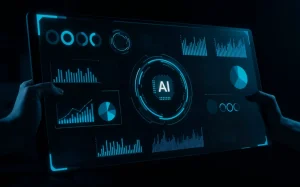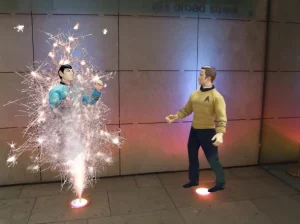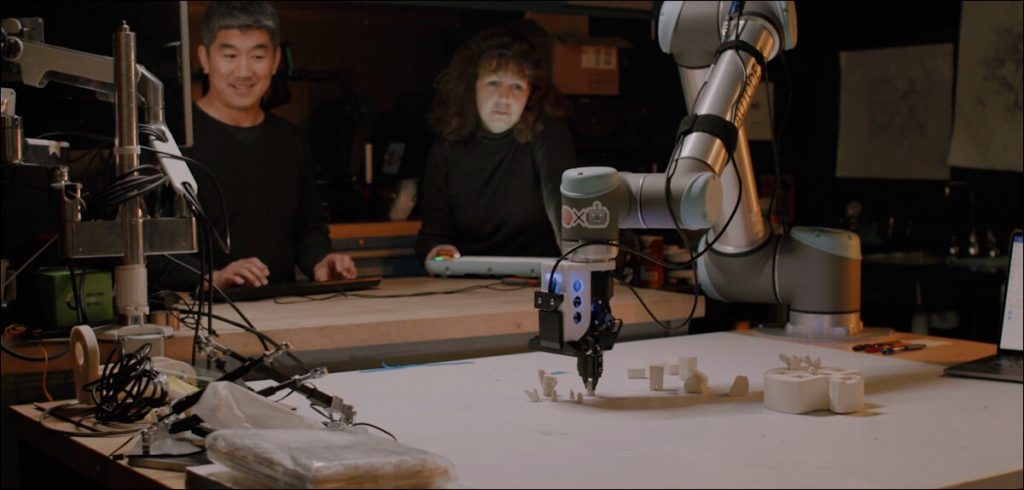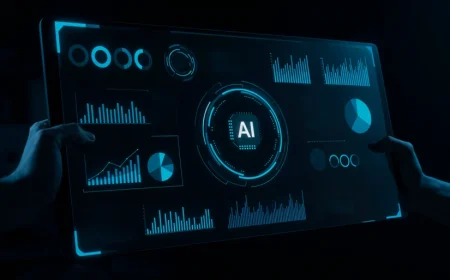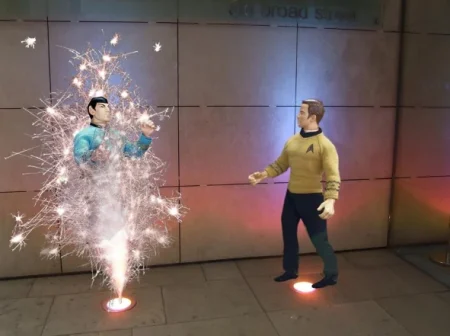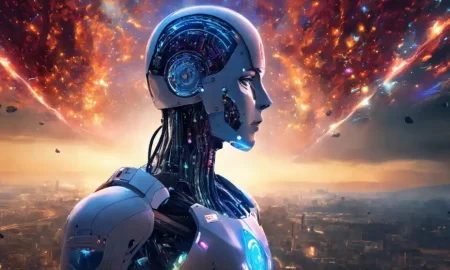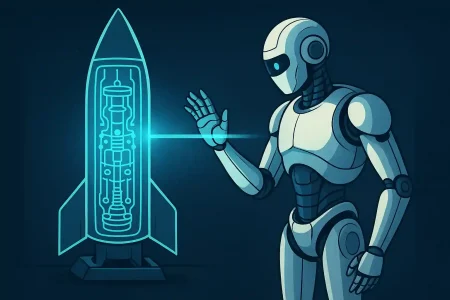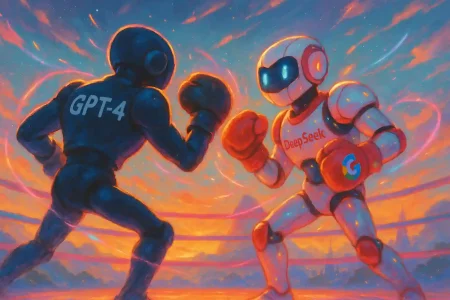Last month, The US National Oceanic and Atmospheric Agency announced that we are currently in the 4th Global Coral Bleaching Event, the second such event in the past decade, emphasizing the need for human and technological intervention.
Earlier this year, India joined a list of nations deploying artificial coral reefs to encourage biodiversity, restore the ocean’s ability to fight climate change, improve fish habitat and divert pressure from our natural coral reefs that are disappearing at an alarming rate. In addition to the state of Odisha which got its first artificial coral reef in February this year, artificial coral reefs are being deployed across 42 fishing villages in Kerala, as well as 210 reefs across Worli Koliwada, in Mumbai. While the artificial reefs vary in size and shape, their function is to mimic natural coral reefs that provide sea creatures with food and shelter. That being said, artificial reefs cannot yet mimic all the functionality of natural coral reefs and we really need to try a lot harder to save the ones we have.
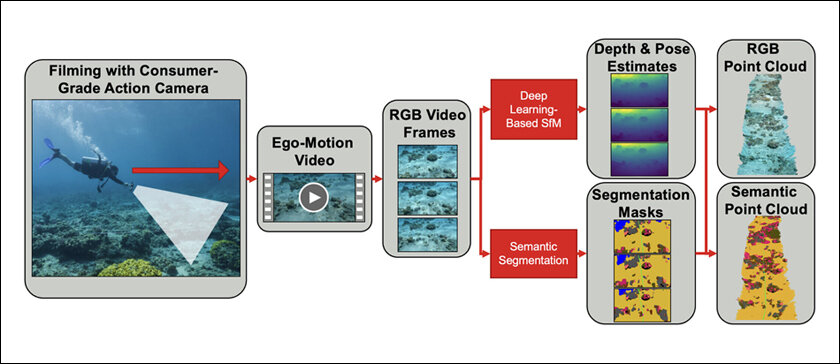
AI-powered ocean monitoring
3D maps of the coral reefs are critical to the conservation effort and help study coral species resistant to climate-related stress. The EPFL, a research institute and university in Switzerland, is using AI to convert camera footage into 3D maps of coral reefs in a matter of seconds. While conventional 3D mapping of a coral reef is a resource-hungry process, this new AI-powered system called DeepReefMap makes it possible for amateur divers with regular gear and cameras to be a part of the process. That being said, however, one of the most time and labor-consuming aspects of trying to save our existing coral reefs is actually mapping, monitoring, and studying the activity of different species of fish and micro-organisms that live there.
According to Sonia Gameiro, head of sustainability consulting practice, Orange Business, the need to have divers go in and collect data on the coral reefs is a major handicap as far as coral reef restoration is concerned. Not only could that time be better spent on actual reef restoration but the data is also often unreliable as the divers presence often causes some species of aquatic life to hide. Orange Business in collaboration with Tenaka, a social enterprise aimed at restoring coral reefs, has developed an AI-powered solution to the problem. A marine research system consisting of underwater cameras connected to floating solar powered buoys. The device uses an AI-powered algorithm to recognize up to 17 different species of fish and is being trained to send real-time alerts when certain species are spotted.
Halos and Cobots
A lesser-known fact about coral reefs is that they have halos, or rings of barren land around them that are distinct enough to be viewed from space. An even lesser-known fact is that the shape of these halos says a lot about the health of the reefs they surround, making them a great indicator for monitoring the health of an ecosystem. Researchers from the University of Hawaii at Manoa have developed an AI-powered solution to track and monitor the halos surrounding coral reefs. Using satellite imagery, and convolutional neural networks (CNN) powered by Nvidia GPUs, the team was able to map and measure 300 halos across 100 square kilometers in two minutes, a task that would take a human about ten hours to complete.
In addition to monitoring, and mapping coral reefs, AI is also part of the actual restoration effort. In Western Australia, Dr. Taryn Foster has started a company called Coral Maker to restore coral reefs. Unlike artificial coral reefs that are now a multi billion dollar business, Coral Maker restores reefs by growing tiny coral plants in nurseries and then transplanting them onto depleted reefs. Since the process is tedious and difficult to scale without an army of divers, Coral Maker has partnered with Autodesk to build robots to carry baby coral plants from the nurseries to the coral beds and transplant them. The coral-carrying robots are called Cobots and are created with Autodesks’s Design and Make platform, which uses AI and vision systems to train them.
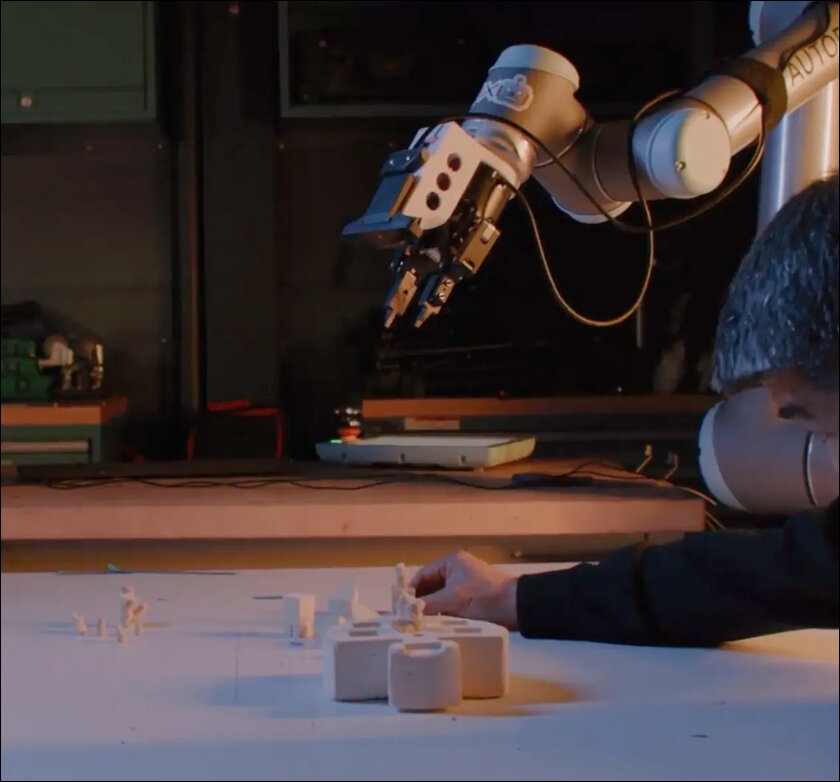
(Image Credit: The Universal Robots Blog)
AI-powered Reef Restoration
Coral reefs support over 25% of all marine life and economically support over a billion people. Unfortunately, almost half our coral reefs have already been lost or severely damaged with the majority estimated to disappear altogether by 2050. About a month ago, The US National Oceanic and Atmospheric Agency announced that we are in the 4th Global Coral Bleaching Event, the second such event in the past decade. This emphasizes the need for human and technological intervention to protect and restore the coral reefs in order for the oceans and the planet to remain healthy. With AI progressing towards AGI at a rate faster than anyone expected, it might just be possible to repair the damage that has been done, before our oceans are ruined along with the millions of species of marine life that live there.
In case you missed:
- China launches world’s first AI-powered underwater data centre!
- South Korean firm develops drone that flies on hydrogen fuel
- Neuralink Blindsight and Gennaris Bionic eye, the future of ophthalmology?
- Dire Wolves are not back; what we got are designer dogs for GoT fans!
- Toyota’s Liquid Hydrogen-Powered “GR H2” Race Cars
- A Glowing Plant Could Be Your New Night Lamp for $29
- These AI powered devices add smells to virtual worlds
- AI Uncovers Thousands of Potential Psychedelic Compounds!
- Could Dimming the Sun Be the Solution to Global Warming?
- Mainstream AI workloads too resource-hungry? Try Hala Point, Intel’s largest Neuromorphic computer

